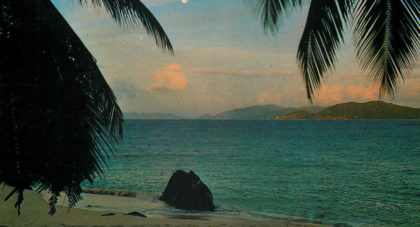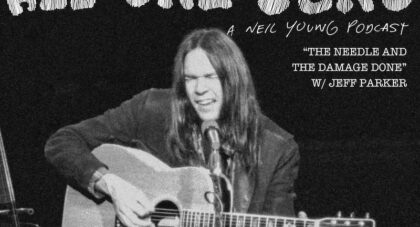The brilliantly colored and exquisitely crocheted hand talisman on the cover of Headdress beckons you in. The fingertips of the sunburned hand touch the waning crescent moon. It is a good reminder that Sunburned Hand of the Man knew how to sling that cosmic slop. Of all the free rock bands that emerged around the turn of the millennium, Sunburned were definitely the loosest and funkiest . . .
Only the good shit. Aquarium Drunkard is powered by its patrons. Keep the servers humming and help us continue doing it by pledging your support.
To continue reading, become a member or log in.


